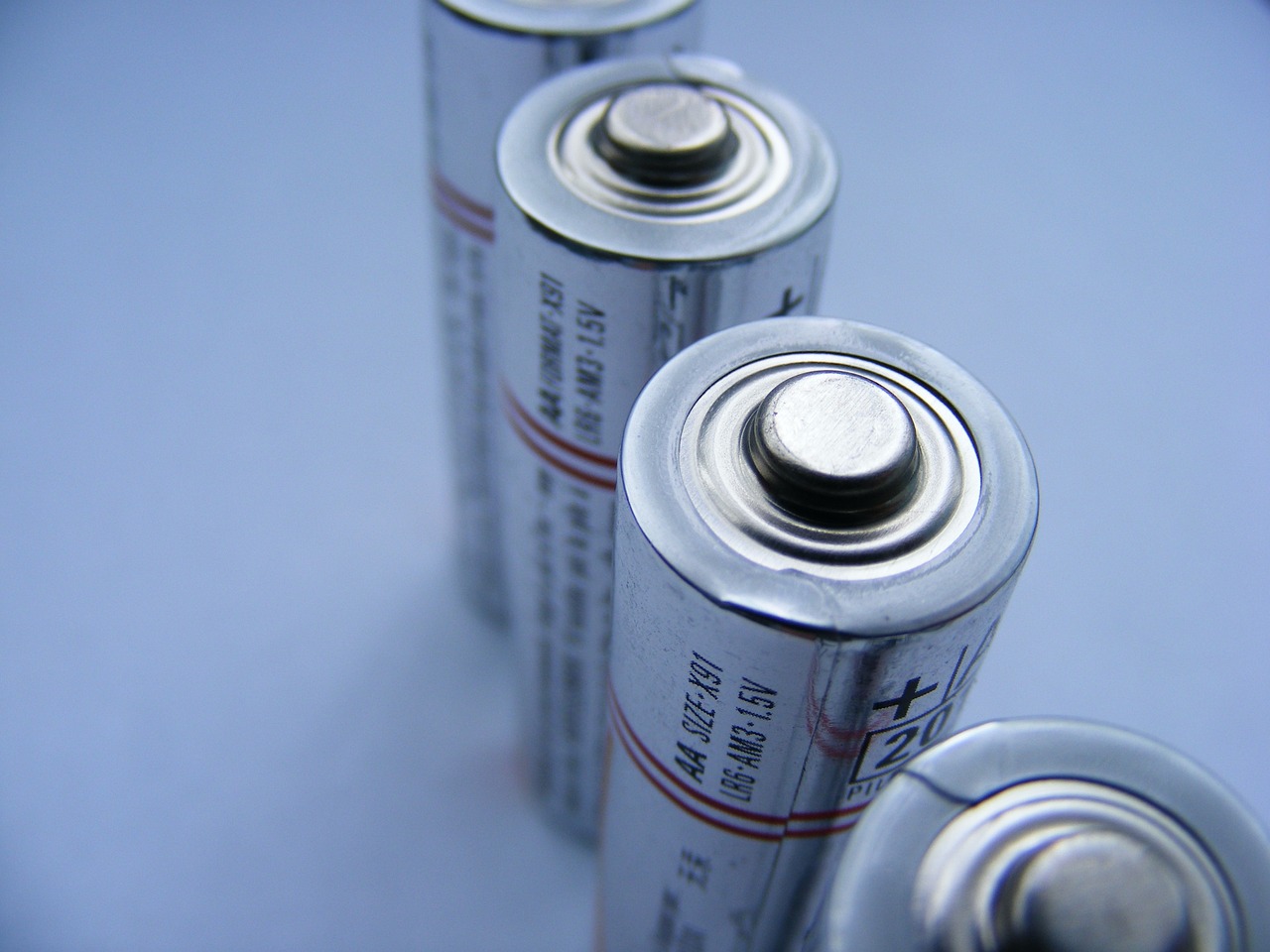This post is also available in:
 עברית (Hebrew)
עברית (Hebrew)
Researchers at Linköping University have unveiled a groundbreaking development in battery technology—a soft, fluid-based battery that can be molded into any shape, opening up new possibilities for the integration of energy storage into future electronics. The study, published in Science Advances, reveals that this flexible, conformable battery could pave the way for a wide range of applications, from wearable medical devices to soft robotics and e-textiles, according to TechXplore.
Unlike traditional solid-state batteries, which are bulky and rigid, the new battery uses liquid electrodes, a novel approach that overcomes key limitations in previous designs. By transforming solid electrodes into a fluid form, the researchers have created a battery that is not only soft and stretchable but also highly adaptable. According to Aiman Rahmanudin, assistant professor at Linköping University, the material has a texture similar to toothpaste, which can be shaped using a 3D printer to fit a wide range of devices.
The need for such batteries is expected to grow rapidly in the coming years. With projections suggesting that over a trillion devices will be connected to the Internet within a decade, many of which will be wearable or embedded within the human body, new battery solutions are crucial to meet the demands of these innovations, explain the researchers. From medical implants like pacemakers and insulin pumps to soft robotics and health-monitoring sensors, these technologies require batteries that do not impede with mobility or functionality.
This soft, conformable battery addresses the issue of rigidity that has long plagued stretchable batteries. Traditional approaches used rubbery composites or sliding connections, but these solutions didn’t fully address the challenge of maintaining high capacity in a flexible form. The fluid electrode design developed by the researchers ensures that the battery can maintain a large capacity without the typical rigidity associated with traditional battery materials.
According to TechXplore, the battery is built using conductive plastics, known as conjugated polymers, and lignin, a byproduct of paper production, making it not only highly functional but also environmentally friendly.
Currently, the battery operates at 0.9 volts and can be stretched to double its length while retaining performance. The next phase of development will focus on increasing the voltage and exploring materials such as zinc or manganese to further enhance the battery’s capabilities. With continued refinement, this soft battery could become a key technology in the next generation of flexible, connected devices.

























